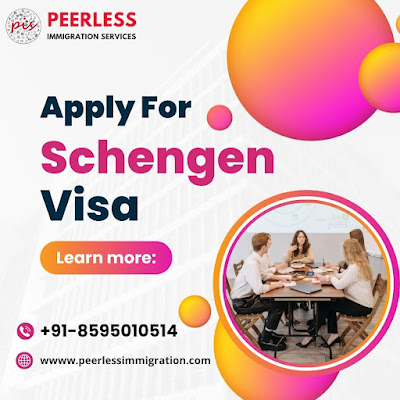1. Visa Eligibility Verification:
Ensure that your visa application aligns with the specific visa requirements. Visitors from visa-waiver countries may need to obtain an NZeTA (New Zealand Electronic Travel Authority) rather than a Visitor Visa.
Visa waiver countries and territories:
Citizens of certain countries and territories are exempt from the standard visa application process but are required to obtain an NZeTA before traveling to New Zealand. This includes short-term visits of up to 3 months, or up to 6 months if you are a citizen of Britain.
New Zealand Visit Considerations:
If you intend to travel to New Zealand for medical consultation or treatment and you are from a visa waiver country or territory, a specific visa application is mandatory.
Medical Treatment Visitor Visa:
For those seeking medical assistance, a Medical Treatment Visitor Visa is essential to facilitate the necessary healthcare arrangements.
List of Visa Waiver Countries and Territories:
The following countries and territories are included in the visa waiver program, allowing their citizens to visit New Zealand without a traditional visa:
Andorra
Argentina
Austria
Bahrain
Belgium
Brazil
Brunei
Bulgaria
Canada
Chile
Croatia
Cyprus
Czech Republic
Denmark
Estonia (citizens only)
Finland
France
Germany
Greece
Hong Kong (residents with HKSAR or British National–Overseas passports only)
Hungary
Iceland
Ireland
Israel
Italy
Japan
Korea, South
Kuwait
Latvia (citizens only)
Liechtenstein
Lithuania (citizens only)
Luxembourg Macau (only if you have a Macau Special Administrative Region passport)
Malaysia
Malta
Mauritius
Mexico
Monaco
Netherlands
Norway
Oman
Poland
Portugal (if you have the right to live permanently in Portugal)
Qatar
Romania
San Marino
Saudi Arabia
Seychelles
Singapore
Slovak Republic
Slovenia
Spain
Sweden
Switzerland
Taiwan (if you are a permanent resident)
United Arab Emirates
United Kingdom (UK) (if you are traveling on a UK or British passport that shows you have the right to reside permanently in the UK)
United States of America (USA) (including USA nationals)
Uruguay
Vatican City
2. Visa Application Document Requirements
Providing English Translations of Supporting Documents
English translations of all supporting documents are required.
Use certified translators or acceptable entities for translations.
Translating Documents
Translation can be done by the Translation Service of the Department of Internal Affairs, reputable community members, embassies, official translation businesses, or licensed immigration advisers.
Each translation must be certified, stamped, or signed by the translator or the translation business.
Document Format and Size
- All documents must be in PDF format.
- Images should be in JPEG or JPG format.
- Check and meet the specified document size requirements.
- Do not upload password-protected or compressed files.
Photograph Requirements
- Upload a full-front view photo of your face.
- Ensure compliance with specific photo requirements, like no smiling and no hair covering the face.
- Convert photos to JPG or JPEG format if necessary.
Sponsorship Criteria and Process
Who Can Sponsor a Visa Applicant
Eligible sponsors include New Zealand citizens, residents, refugees, registered organizations, and certain government agencies or community organizations.
Ineligibility applies to those with specific criminal records, financial obligations, or sponsorship failures.
3. Online Visa Application Process
Requirements for Sponsored Visa Applicants
Must have sponsor's full name, email address, and sharing ID.
Sponsors need to log in to Immigration Online using RealMe to obtain the sharing ID.
Responsibilities of Sponsors
Sponsors must complete an online sponsorship form.
Submission of the form is crucial for assessing the sponsor's ability to fulfill obligations.
Additional Information for Other Visa Types
Additional sponsorship forms are required for different visa categories or paper applications.
Specific forms are needed for groups, partnerships, or residence sponsorship.
4. Application Submission
Login or Account Setup
Log in using RealMe or create an account if you don't have one.
Access the online application portal for submission.
Application Process
Follow the online application guidelines for a Visitor Visa.
Upload the necessary documents and make the required payment.
Check the Immigration costs for processing fees.
5. Immigration Costs
Application Fee
NZD $246 for processing the application.
Non-refundable immigration levy is included in the cost.
Payment Methods
Online payment is accepted via Visa, Mastercard, or UnionPay.
International Visitor Conservation and Tourism Levy (IVL)
Each applicant must pay NZD $35, inclusive of the application cost.
6. Visa Processing and Time frames
Wait for a Decision
Await communication from Immigration New Zealand for any further actions.
Processing Time frames
90% of applications are completed within 38 weekdays.
The average processing time is 11 weekdays, based on the median value.





